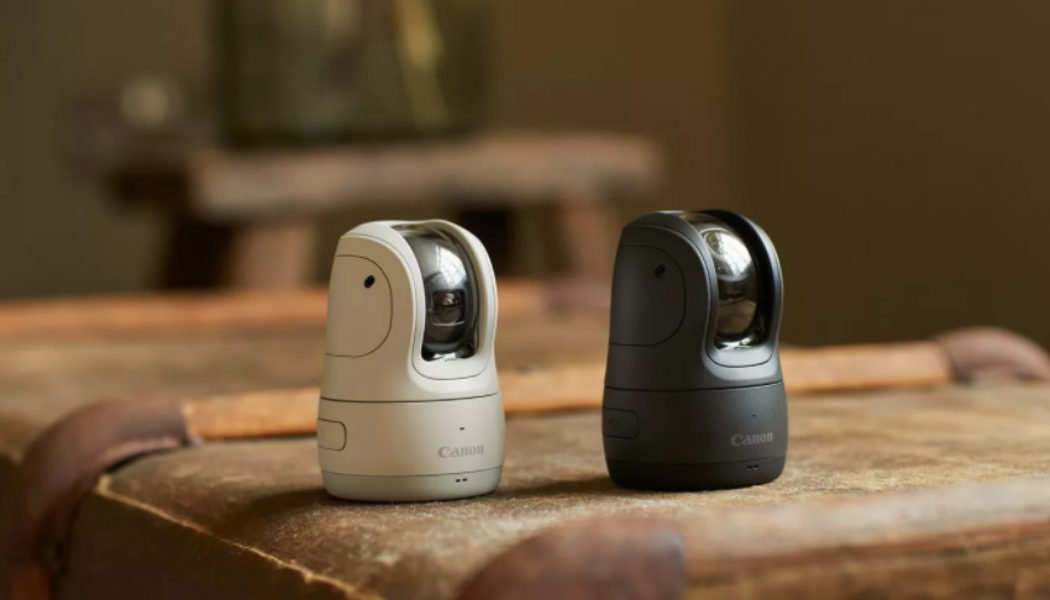Parents take a lot of photos of their kids, but who wants to be constantly lingering on the fringes of family gatherings with their phone out? That’s the problem Canon’s new PowerShot PX is trying to solve. It’s essentially a home surveillance camera for happy memories. Stick it somewhere near you and it will automatically snap photos and videos, using built-in “subject recognition” to frame and select shots that you can browse later.
It’s not exactly a new concept. Google promised similar functionality with its Clips camera in 2018 (though the company leaned more heavily than Canon on the promise of machine learning to select the right moment). But reactions were mixed, to say the least. Some thought Clips was creepy or invasive, while others said it was really no different, ethically speaking, than snapping pictures on your Android phone. Ultimately, though, the videos and images Clips captured just weren’t good enough, in terms of either picture quality or AI-driven timing. Clips was expensive, too, at $249.
The PowerShot PX definitely doesn’t solve this last problem, with a retail price of £449.99 in the UK and €499.99 in Europe. A straight euros to dollars conversion would give a retail price in the US of $582, but availability and price in the States has yet to be confirmed.
:no_upscale()/cdn.vox-cdn.com/uploads/chorus_asset/file/22966175/Screen_Shot_2021_10_29_at_10.40.01_AM.png)
:no_upscale()/cdn.vox-cdn.com/uploads/chorus_asset/file/22966178/canon_powershot_px.jpg)
Spec-wise, the PowerShot PX has a 11.7 megapixel 1/2.3-inch CMOS sensor, and can record 11 megapixel JPEG stills or full HD (1920 x 1080) MP4 video to a bundled 16GB microSD card. The big feature is a mechanical pan and tilt mechanism, which lets the camera move 340 degrees left to right and 110 degrees up and down.
This last function is what enables the smart framing feature to work, and could well distinguish the PowerShot PX from the static camera on the Clips. Built-in Wi-Fi and Bluetooth allows for wireless transfer of photos and videos to computers or to a connected app that makes it easier to sort and select content. Oh, and there’s also a voice control function if you want to request that the PX capture a specific picture.
On the face of it, the Canon Powershot PX simply looks too expensive for the features it offers. As we found when reviewing the Clip, no amount of on-device intelligence (or, I would wager, mechanical movement, as with the PX) will capture pictures and videos that rival those you consciously snap on your smartphone. But hopefully we’ll be able to test the PX for ourselves later, and find out if it can really offer something different.









